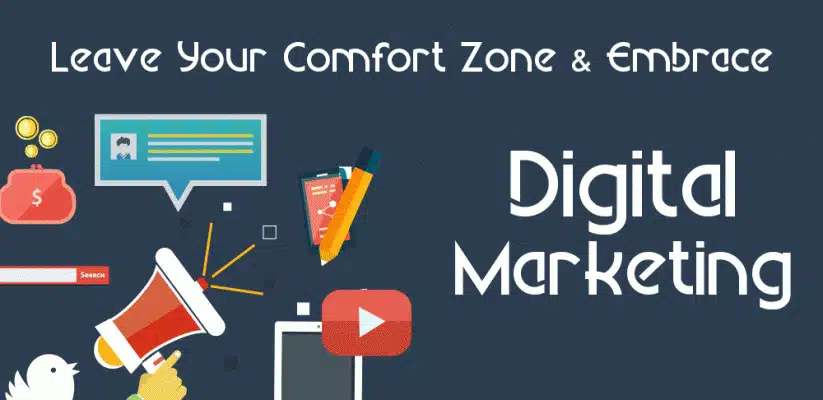There’s no doubt that Facebook plays a huge importance for businesses trying to reach their customers. Considering there is 1.65 billion monthly active users on Facebook, it pays to make use of this social media tool to help a business promote itself. Because of this, there are individuals who are tasked to handle the social media accounts of the company to ensure that they get their message across properly.
However, it is unfortunate to know that not everyone does it right. There are still a number of individuals who are not properly utilizing Facebook to help their brand prosper. The fact of the matter is that everybody thinks they can handle social media easily. But as soon as they start doing so, they realize that there’s actually a big difference between handling your personal Facebook account and a page for a brand.
Experts believe that there’s actually a science and art to posting on Facebook. By eliminating the common mistakes people do on Facebook, you can start understanding the beauty behind this social media site. If you work as a social media manager and you want to avoid making the common mistakes people do on Facebook, make sure that you know these things:
No. 5 Facebook Business Page Mistake: Posting too much text
Let’s get one thing clear, a Facebook post is not meant for long paragraphs of text. It is not a blog post or an entire news article. Some of your followers could get turned off upon seeing a bulk of text that they have to scroll through to go to the next post. And when this happens, they’ll end up skipping whatever it is you’re saying and totally missing out the reason for the post. In some cases, these followers could even unfollow your page just so they don’t have to encounter the same type of post.
Whenever you post on Facebook, you have to remember to include small bite-size pieces of information they can easily digest from the post. Your followers want to know the gist of your post right away. And if they’re interested, they can just click on a link to get more details. A good practice is to follow Twitter’s 140-character limit even when you’re posting on Facebook.
No. 4 Facebook Business Page Mistake: Promoting your business or product too much
The main reason why your business is on Facebook in the first place is so you could promote it along with your products. However, this does not mean you should bombard your followers with posts that only talk about this. Although this strategy could work for a while, it does not mean that it will work every single time. Your followers could end up getting annoyed that they will unfollow your page.
The thing is, it’s okay to post about your business and products through your posts. However, the trick here is to do it in a way that you’re being creative, and ditch the pitch. Instead of directly talking about a product you are trying to sell, it would be better if you offer valuable information to them or you entertain them. You’ll find that this is more effective compared to directly promoting your products.
No. 3 Facebook Business Page Mistake: Posting at the wrong time and insufficiently
Another important trick to know about posting on a Facebook page is the right time to post. The good news is that there are now tools you can use to schedule posts in advance so you no longer have to do it in real time. At the same time, you have to make sure that these posts are time accurate and not too late. Otherwise, you’re posting something that’s no longer relevant to your followers.
In the same sense, it can be quite disappointing to find a Facebook page that has no activity for the past year. No matter how legitimate your business is, you still need to find time to let your customers know that your business is still ongoing. The best way you can do this is to come up with a content strategy and to be sure to post at least once a day. Remember that if you’re not posting, no one gets to find your company on social media.
No. 2 Facebook Business Page Mistake: Focusing on getting likes too much
In hindsight, having a lot of likes on your Facebook allows you to reach more people at once. But that’s it. Sure, there are days they get entertained by one or two posts you’ve made and they’d click on the like or share button. But when it comes to the business side of things, they’re actually too far away from it. In fact, your followers may even be on the other side of the planet. Even though you have a lot of likes on your page, it doesn’t mean that each one will convert into business for you.
This is why it is important that you avoid asking people to like and share your page. As a business, it will make you sound like you are begging for interest and this will turn off a lot of people. Instead of focusing your attention on getting likes on your page, find more ways you can share engaging posts. This is a better way you can generate genuine interest in your business.
No. 1 Facebook Business Page Mistake: Responding unprofessionally to negative feedback
Always remember that Facebook is an interactive platform where people can exchange ideas. Whenever you publish a post, you are giving people an opportunity to comment on it, positively and negatively. If you happen to receive a complaint on your page, the best thing to do is to keep calm and respond in a courteous manner. Always be thoughtful when you are responding but do so with a personal tone.
When someone leaves a negative comment on your page, think of it as a way to improve on that aspect of your business. At the same time, this helps give your followers an idea that their opinion matters and that there is more to your business than just sales.
Facebook is very useful to market your business online. How you use it, however, plays a crucial part in your success.









